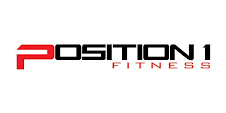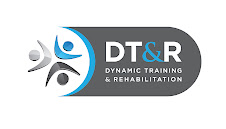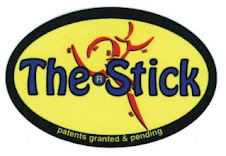This past week has been a great new highlight; we took possession of our first house. We put all of our projects on hold for this past week and focused on our patients at DT&R, our online practice development coaching clients and moving, of course.
Our new house is great! It’s in the country with a large backyard; we even have a small treatment room, a spacious gym and an office in the basement. Our online development programs have taken off like wild fire so we are creating a new sanctuary to help other practitioners succeed.
We have a few things that I would like to introduce for the week ahead to keep you updated and informed.
We are launching a great new course that is taking place May 14th. We are only offering a limited number of registrations to coaches, trainers, chiropractors, and therapists.
This course is for anyone looking to expand their practice, develop new m odules for rehabilitation and fine tune a ssessment skills.
Here is what Dinah Hampson has to say:
I have used Complex Core effectively for many patient programs. I find the variety and quality of the exercises within the program suitable for patient management from beginner rehab to high level performance. The flexibility afforded by the software to write my own instructions in the same words I use directly with the patients makes carry over easy from clinic to home program.
2. Why Dynamic?
We receive a ton of emails and questions about our business Dynamic. It seems like everyone wants to know how we operate, function, and make it so Taylor and I don’t kill each other!
Dynamic is exactly what it sounds like; we are a Dynamic team with the same goal in mind: To help every person achieve optimal health and fitness through our programs!
Taylor, my partner, is the creator of Fit-Escape Boot camp Systems, FitMomNoTime.com, and The Skinny Jean Challenge. Her focus is only results guarantee program that helps clients enjoy working out!
On my end, I run the alternative health care and rehabilitation program along with online coaching at TheRehabBiz.com
Together, our Business is Dynamic, always changing, and strives to help each and every client that walks through our doors. We have found it to be a perfect combination without any overlap and clashing goals. It’s a perfect team!
A lot of the nitty gritty on our daily operation is how our system is so unique!
3. Blog Post For The Week
For this upcoming week, here are a few blog posts that you shouldn’t miss:
- Behind all the Gizmos, Gadgets, and Hocu Posuc of Manual therapy!
- My Goals Revealed!
- 3 passes to a stronger bench!
4. The PTDC!
Jon Goodman out of Toronto, Ontario has started a new website in the pursuit to of developing personal trainers and fitness enthusiast on another level. This website is multi-faceted and will have a boat load of information.


























